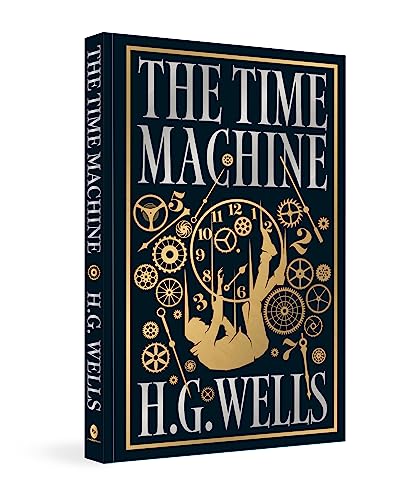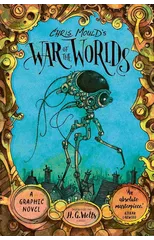In the Time Traveller's miraculous new machine, we will be carried from a Victorian dinner table to 802,701 AD, when the Earth is divided between the gentle, ineffective Eloi, and the ape-like Morlocks; forward again by a million years or so to glimpse a dying world of blood-red beaches and menacing shapes; and on again to the last days of our planet, a remote twilight where nothing moves but darkness and a cold wind. Brilliantly imaginative fiction or the shape of things to come? H.G. Wells's masterpiece still retains its power to provoke and enthral.
H.G. Wells
H.G. Wells was a prolific English writer best known for his science fiction novels. His most notable works include "The War of the Worlds," "The Time Machine," and "The Invisible Man." Wells' writing style was characterized by his imaginative storytelling, social commentary, and exploration of scientific concepts. He is often credited with popularizing the science fiction genre and influencing future writers in the field. "The War of the Worlds" remains his most famous work, depicting a Martian invasion of Earth and exploring themes of imperialism and the resilience of humanity. Wells' contributions to literature have had a lasting impact on the genre of science fiction and continue to be celebrated to this day.












